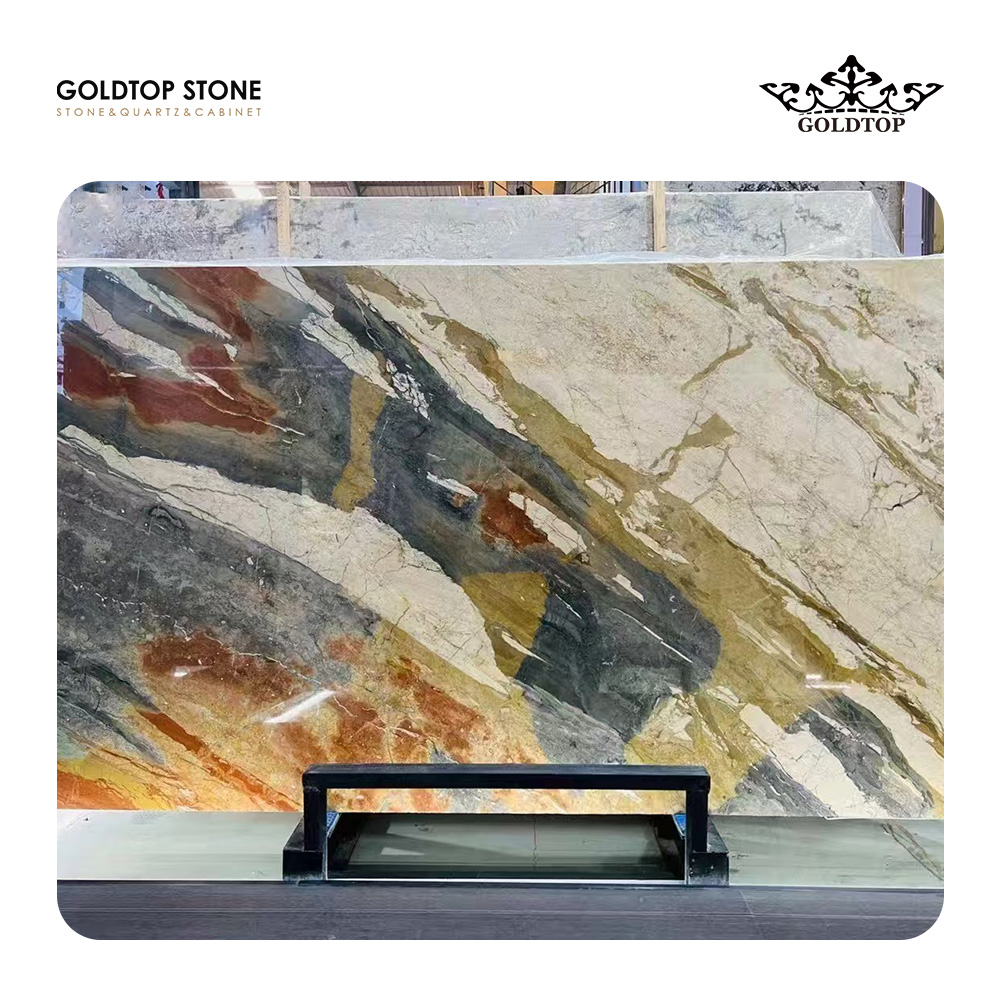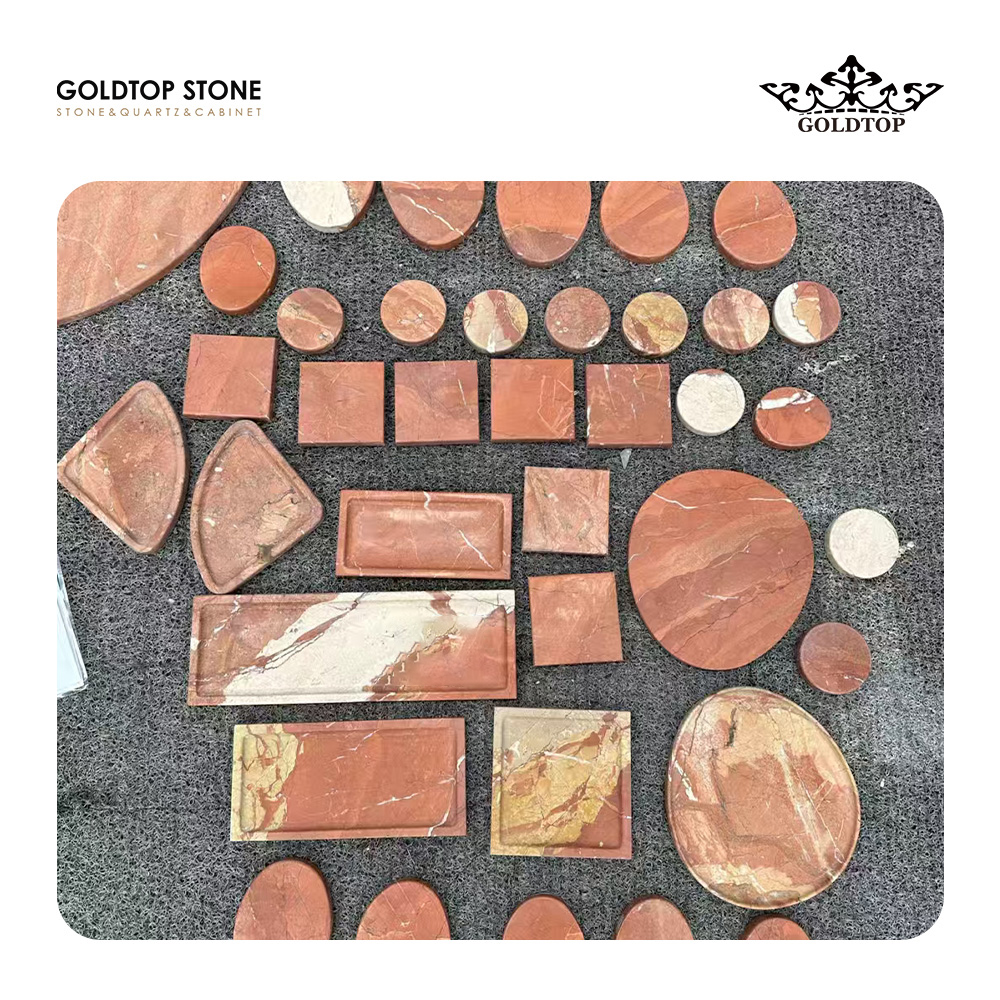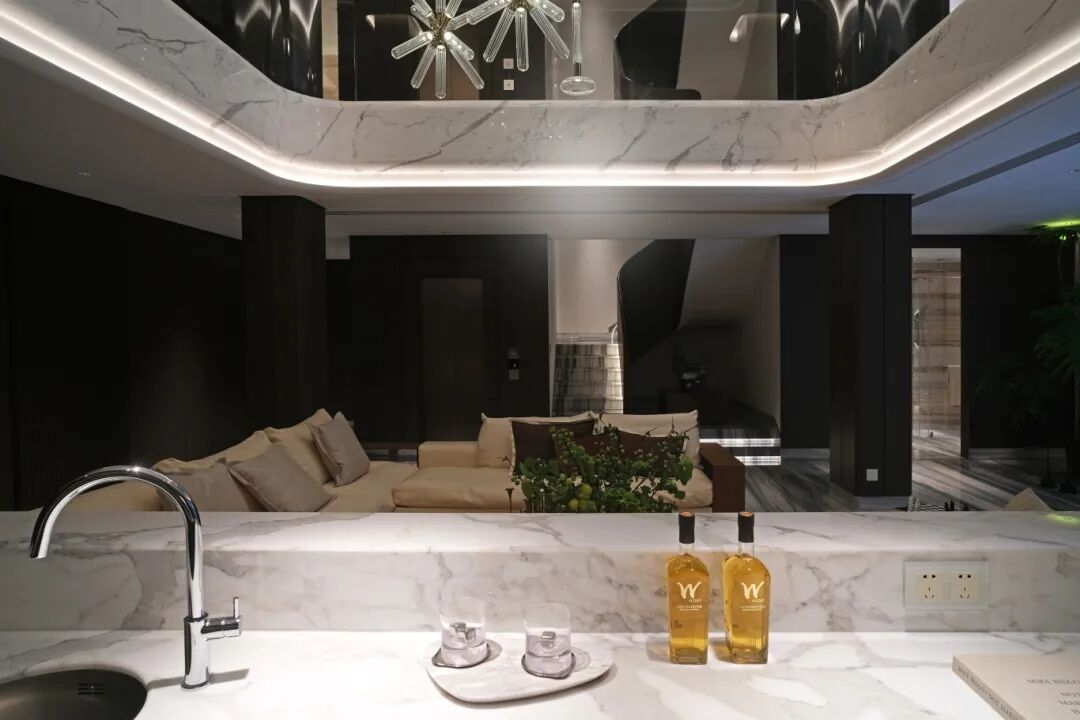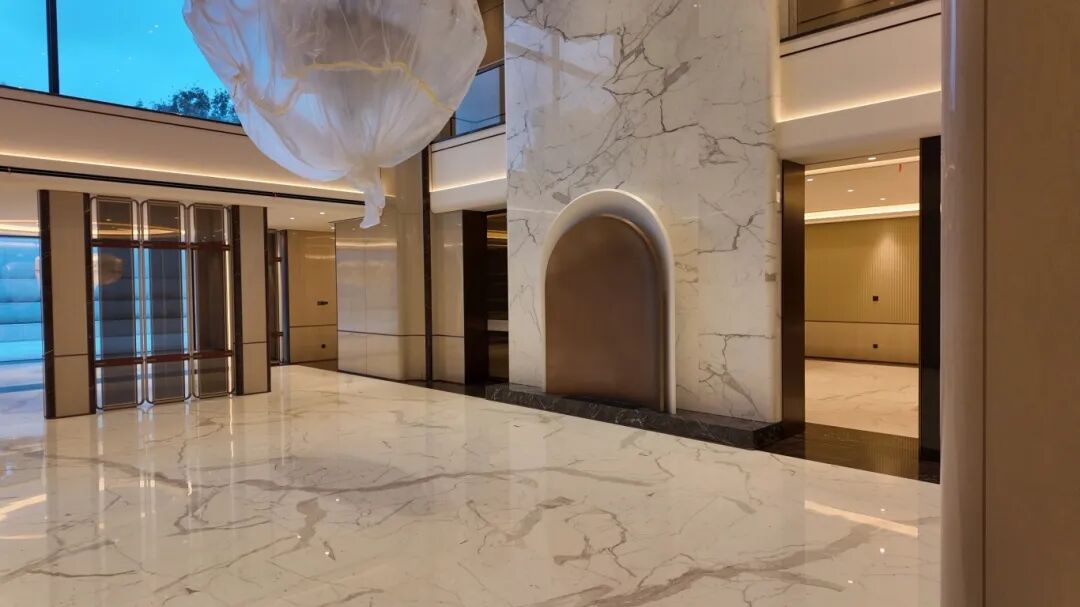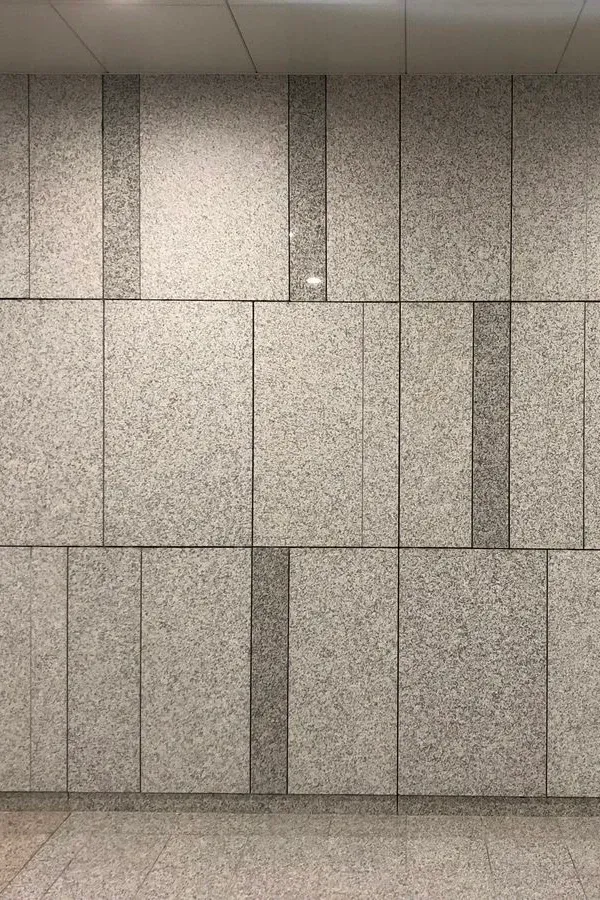For centuries, marble has been a hallmark of luxury, elegance, and enduring style. From ancient sculptures to modern-day interiors, few materials evoke the same sense of sophistication. Among the many types available, Calacatta marble and Carrara marble stand out as two of the most admired varieties. Both are quarried in the Carrara region of Tuscany, Italy, and while their names sound similar, they are far from identical.
What Is Calacatta Marble?
Calacatta marble is one of the rarest and most luxurious natural stones available. Known for its brilliant white background and dramatic veining, it instantly commands attention in any space.

Key Features of Calacatta Marble:
· Bold Veining: Striking, thick patterns in shades of gray, gold, beige, or even soft green.
· High Contrast: Bright, crisp white base that highlights the veins for maximum visual impact.
· Rarity: More difficult to source than Carrara, making it exclusive and expensive.
· Varieties: Includes well-known types such as Calacatta Gold, Borghini, and Michelangelo, each with distinct beauty.
· Luxury Appeal: Often associated with high-end homes, hotels, and dramatic statement pieces.
What Is Carrara Marble?
Carrara marble is the more common and accessible sibling of Calacatta. It has been used in art and architecture for centuries, adorning everything from Michelangelo’s David to classic European buildings.

Key Features of Carrara Marble:
· Soft Veining: Light gray or blue-gray lines that are more delicate compared to Calacatta.
· Subtle Background: A white base tinged with gray, creating a softer, less contrasting look.
· Greater Availability: Easier to source, making it more affordable.
· Consistency: Offers a relatively uniform appearance across slabs.
· Timeless Character: Works beautifully in both traditional and contemporary designs.
Calacatta vs. Carrara: Key Differences
1. Appearance
· Calacatta: Bright white field with bold, thick, high-contrast veins.
· Carrara: Softer, grayer background with fine, feather-like veining.
2. Rarity and Price
· Calacatta: Rare, exclusive, and priced at a premium.
· Carrara: Widely available and significantly more affordable.
3. Design Impact
· Calacatta: Best as a showpiece—ideal for bookmatched walls, countertops, and focal points.
· Carrara: Blends seamlessly across larger areas without overwhelming a room.
4. Durability and Maintenance
· Both are natural marbles, so they are porous and require sealing.
· Calacatta’s bright white background may show stains more easily, while Carrara is slightly more forgiving.
5. Versatility
· Calacatta: Reserved for luxury accents and bold design statements.
· Carrara: A versatile option suitable for a wide range of applications and styles.
Cost Comparison
Neither marble is considered budget-friendly, but their prices vary significantly.
· Carrara marble: Often half the cost of Calacatta, making it accessible for larger installations like flooring or wall cladding.
· Calacatta marble: Commands a higher price due to rarity, dramatic appearance, and demand in luxury interiors.
Factors Driving Calacatta’s Higher Cost:
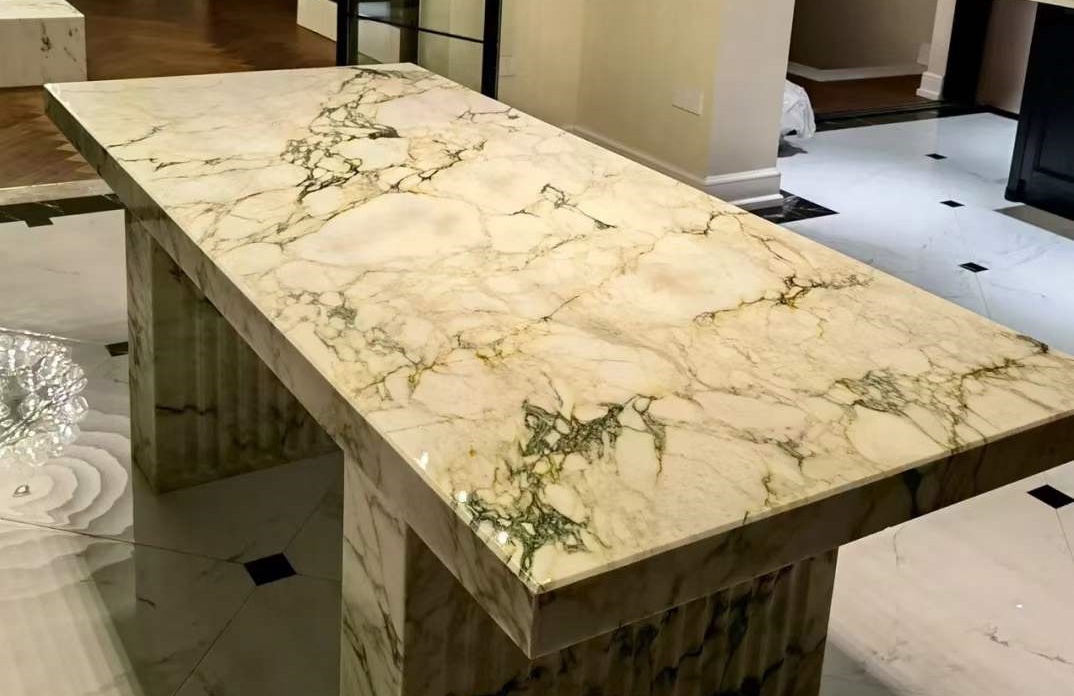
· Extraction challenges in the Apuan Alps of Italy
· Craftsmanship required for cutting, polishing, and finishing
· Bookmatching techniques that enhance dramatic veining but increase waste and cost
· Slab thickness and edge profiles, which influence durability and price
· Professional installation, needed to handle the stone’s delicate nature
Best Uses for Calacatta Marble

Calacatta marble is perfect for high-impact, statement-making applications:
· Kitchen Countertops & Islands: Bold veining makes it a stunning focal point.
· Bathroom Vanities & Shower Walls: Creates a luxurious, spa-like feel.
· Feature Walls & Bookmatching: Ideal for symmetrical, artistic patterns in living rooms or lobbies.
· Fireplace Surrounds & Furniture Accents: Adds elegance and drama to any room.
· High-End Flooring: Works in grand entrances or master bathrooms for a luxury effect.
Best Uses for Carrara Marble
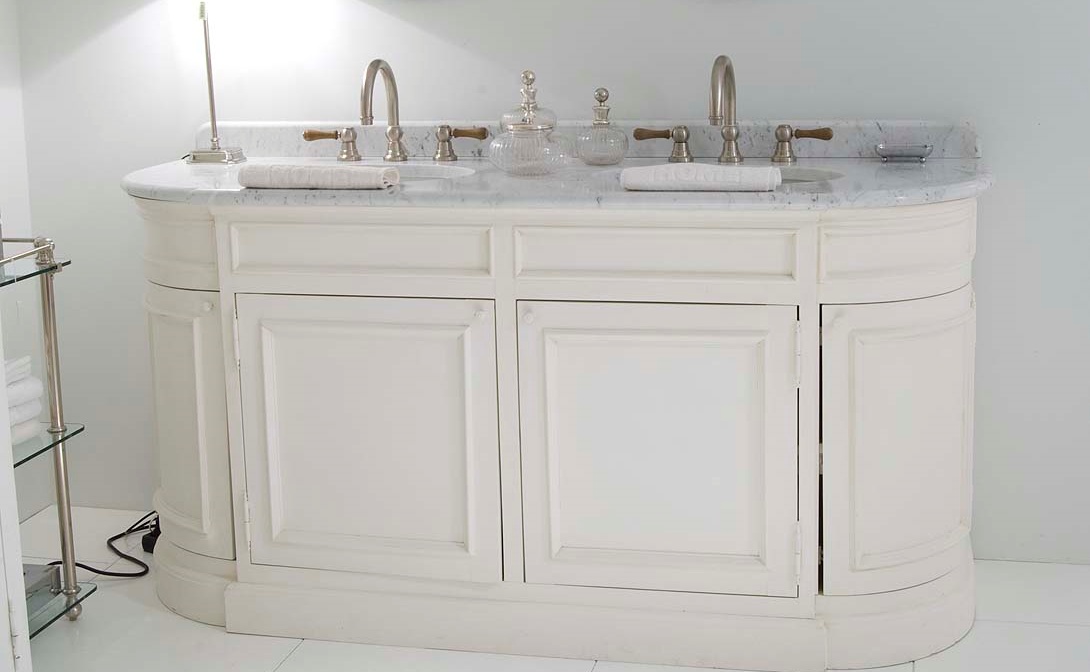
Carrara marble is versatile and understated, suitable for everyday elegance:
· Countertops & Backsplashes: Timeless look that blends with most styles.
· Bathroom Surfaces: Vanity tops, shower walls, and tub surrounds.
· Flooring & Wall Cladding: Great for larger areas without overwhelming the space.
· Mosaic Tiles & Decorative Details: Perfect for intricate inlays or accents.
· Sculptures & Small Architectural Elements: Adds classic elegance to smaller features.
How to Choose Between Calacatta and Carrara Marble
When deciding, weigh these factors:
· Budget: If cost is a key consideration, Carrara is the more practical choice.
· Design Style: Choose Calacatta for bold, artistic statements and Carrara for understated elegance.
· Application: Calacatta suits focal points; Carrara works well in high-traffic or large-scale spaces.
· Maintenance: Both need sealing and care, but Calacatta’s bright background demands extra attention.
· Personal Preference: Ultimately, the best marble is the one that matches your vision and lifestyle.
Related Product Recommendations:
- Wholesale Purple Calacatta Viola Marble Table for Apartment
- Calacatta White Marble Tiles AURA by AQUALAND Apartment
- Calacatta Vagli Marble Slabs with Striking Veining and Luxurious White Background
- Italy Carrara White Marble Countertop
- Italy Carrara White Marble Tile
- Venato Carrara Marble White Tile Backsplash Stone Wholesale
Related Content Recommendations:
- Timeless Elegance: Transform Your Home with Calacatta White Marble Tiles
- What is the difference between Statuary marble and Calacatta White marble?
- The Timeless Appeal of a Marble Kitchen: Why It Never Goes Out of Style
- French Red Marble Countertops: A Bold Statement of Elegance and Strength
- Whisper Panda Marble Slabs Modern Kitchen Countertops EleganceZ

